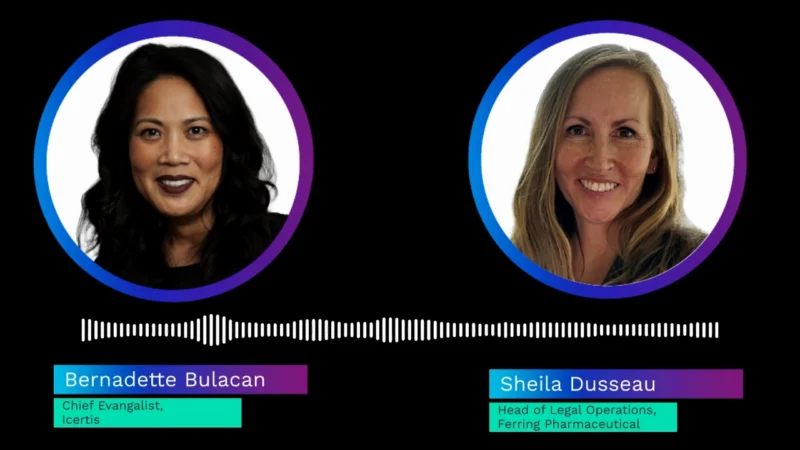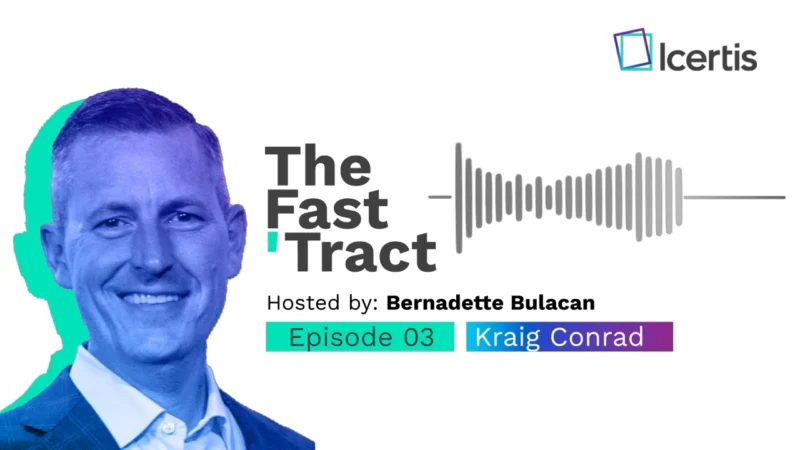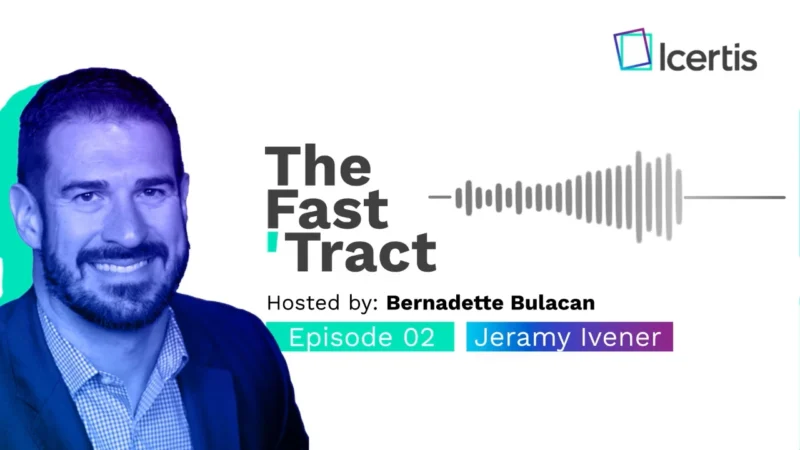CLM: Get Intelligent With Contracting
Contract lifecycle management (CLM) should be viewed as a circular process with multiple stages. Forrester has identified six stages of the CLM process. While creating a digital repository is an important initial step, it is just the beginning and organizations need to go beyond that to fully leverage CLM. The goal is to gain intelligence and analyze not just individual contracts, but entire portfolios of contracts.
By examining factors such as specific products, geographies, and business units, organizations can extract valuable analytics and insights. This enables better business management and optimization of the contract creation, execution, and servicing processes. Going deeper into CLM allows organizations to justify their investment and allocate necessary resources to maximize the benefits of the entire contract lifecycle.



